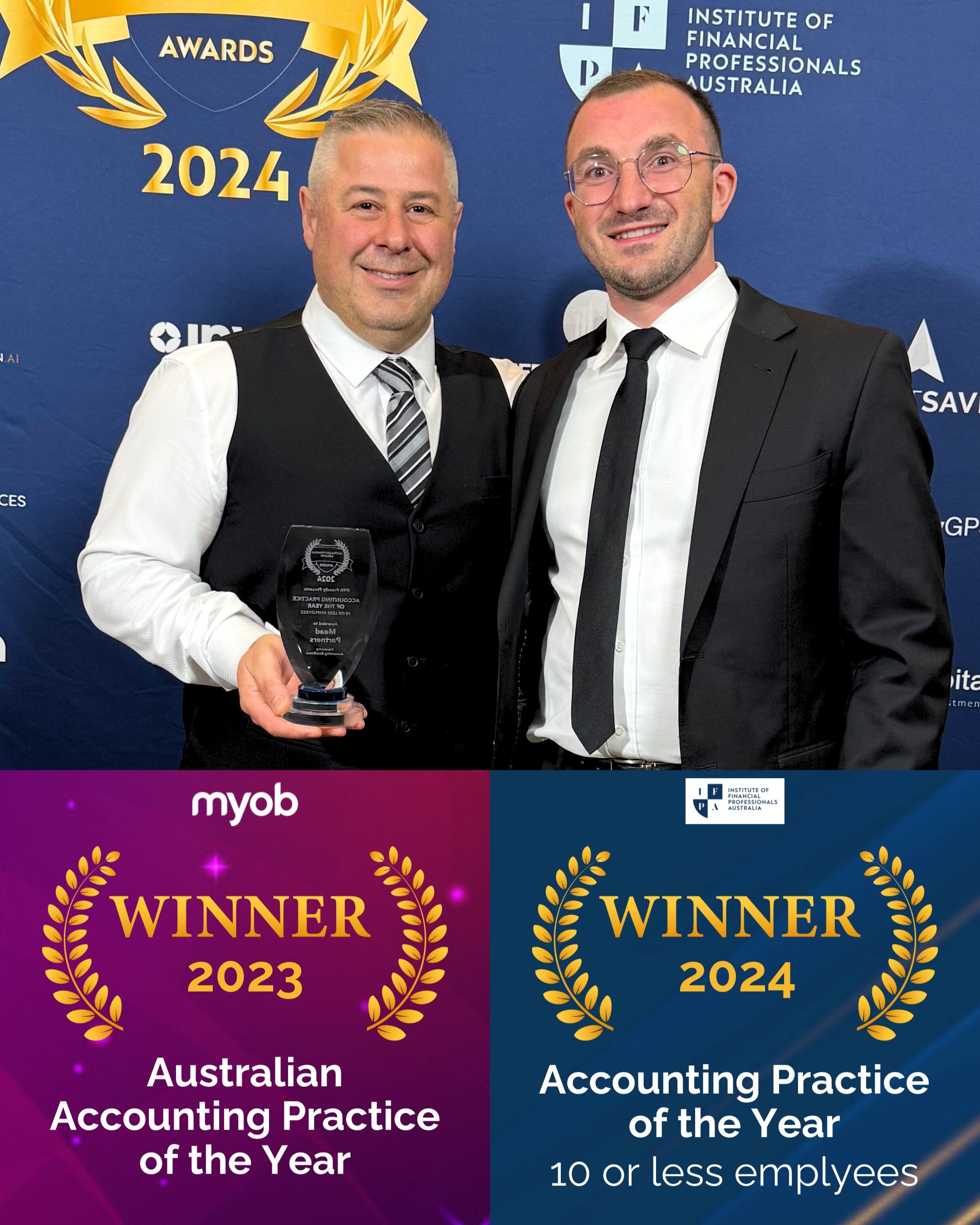
Book a Free Consultation!
✅Builders CFO Program
✅Business Improvement Program
✅Taxation Advice


Your assets and profits are invaluable for business growth, and you work hard for them. On a company level, your business assets help you generate revenue, increase business value and support your day-to-day building and construction operations. They also help you build personal wealth, fund your lifestyle, and the purchase of personal assets.
Recently, the Master Builders Association estimates more than 24.5 per cent of contracts are on fixed price terms. While locking in the price of the project at the time of sale is great for developers, increasing operating and material costs for builders and construction groups could further strain on many building and construction businesses. And this strain is now taking large casualties, with building groups Porter Davis and Lloyd Group going into liquidation on a single day earlier this year.
With even big groups going under, it highlights a very important question for those in the industry: if your business went into liquidation – a project went south or a partner wanted out – are your assets and profits really protected?
Ways your business and assets could be at risk
Building and construction is a high-risk industry, with the current market quite volatile. Construction costs are continuing to rise, with costs growing by 30% in the past two years. However, industry impacts aren’t the only risks that could be putting your personal assets and business in harm’s way.
- Health and safety risks
As a builder, it’s your responsibility to keep your employees safe on site. Sadly, construction is the fourth highest industry for worker injuries. Without proper cover, a claim could put you out of pocket and put your personal (and company) assets at risk.
- Non-compliance with regulations and permits
With the building and construction industry heavily regulated, it’s essential to keep on top of compliance requirements, regulatory changes and licenses. For example, carrying out work without a current building permit can carry a whopping 500 penalty units for an individual and up to 2,500 for company entities.
- Security and cyber risks
Last year, over 76,000 cyber crimes were reported in Australia. Victoria also reported the second highest number of cybercrimes in Australia, with 27% of reports in the southern state alone. Sadly, of these reports, 26.9% related to fraud and 12.6% related to online banking scams.Outside of the digital world, building and construction sites continue to be a magnet for theft. In fact, just this month more than $20,000 worth of copper was stolen from a Melbourne building site. These thefts are not only but costly to replace. - Financial project risks
No matter how big or small your building project, it always carries some level of risk. Whether this be cost overruns, project delays or risks associated with staffing, materials or equipment, a construction project can quickly add up. In turn, impacting your revenue and profit. Could your business handle (and survive) a big project blow? - Succession and exit risks
If something was to happen to you, do you have a succession plan in place? Perhaps your partners would like to exit the business. What profits and assets could be impacted in paying them out?Last year, Metricon suddenly faced financial difficulties when their founder and chief executive passed unexpectedly. If it wasn’t for a last-minute deal from stakeholders, the multi-million home builder would have gone under.While these are topics not many think about, it’s important to understand these risks and put asset protection plans place to make sure your business and personal assets are protected.
While each of these risks can be managed individually, it’s important to take into consideration the financial impacts and put a strategy in place to mitigate these risks. In turn, protecting your assets as you’ll have the ability to manage potential impacts without selling (or losing) your assets.
Triggers your assets could be at risk
As well as the above risks, there are also key triggers to watch for. This includes:
- High debtor and creditor balances
- Cash flow issues
- Inability to pay creditors on time
- Substantial profits or net assets retained in higher-risk operating entities
All these situations impact your cash flow and (in turn) could put your profits and assets at risk. If they go unchecked, they could even put you at risk of bankruptcy.
Could your business structure be putting your assets and profits at risk?
Sole traders
While a sole trader might seem convenient, it does mean you’re financially liable for any debt. If you take out a loan – suffer a financial project loss, go into bankruptcy or are sued – your personal assets could also be at risk.
However, there are key steps you can take to protect your assets. As well as insurances, you could consider separating your personal and business assets by moving into a company, partnership or trust business structure. Here, planning is the key to asset protection.
Companies, trusts and partnerships
Keeping your personal and business assets separate through a company, trust or partnership structure is a good start in protecting your assets. However, there are other measures you can put in place to enhance your level of asset protection.
One such example could be operating your business or having your tangible assets under separate entities to your property assets. Own a family business? Different assets or companies could be controlled and operated by different family members. This avoids assets being linked to the same individual.
Before any changes are made to your business structure, or assets are moved to different entities, it’s important to consult your business advisor, accountant or a virtual CFO to ensure you’re not creating major future tax implications or putting your business at undue risk.
Choosing the right structure for your building and construction business
Your business structure should take into consideration a multitude of factors, including:
- Your industry and industry-related risks
- Your personal situation
- Your assets and liabilities
- Your goals, objectives and profit expectations
This is where your business advisor, accountant or a virtual CFO can provide real value. By working through the above and other factors, our team can help choose the right structure for your business, assets and profits.
It is also recommended your business structure is reviewed on a regular basis to ensure it’s still working for your business needs, objectives and goals.
The role of cash flow in asset and profit protection
It’s also important to manage and monitor your business cash flow.
While positive cash flow might mean you have cash building up in your bank account, you need to take into account forecasts to predict your future cash flow, projected costs, and payments.
Working with your business advisor or a virtual CFO, you can put a cash flow management plan in place to provide better insights, reporting and forecasts for your business. In turn, ensuring you have the ability to free up cash if (and when) required and enhancing your level of asset protection.

Send To Someone